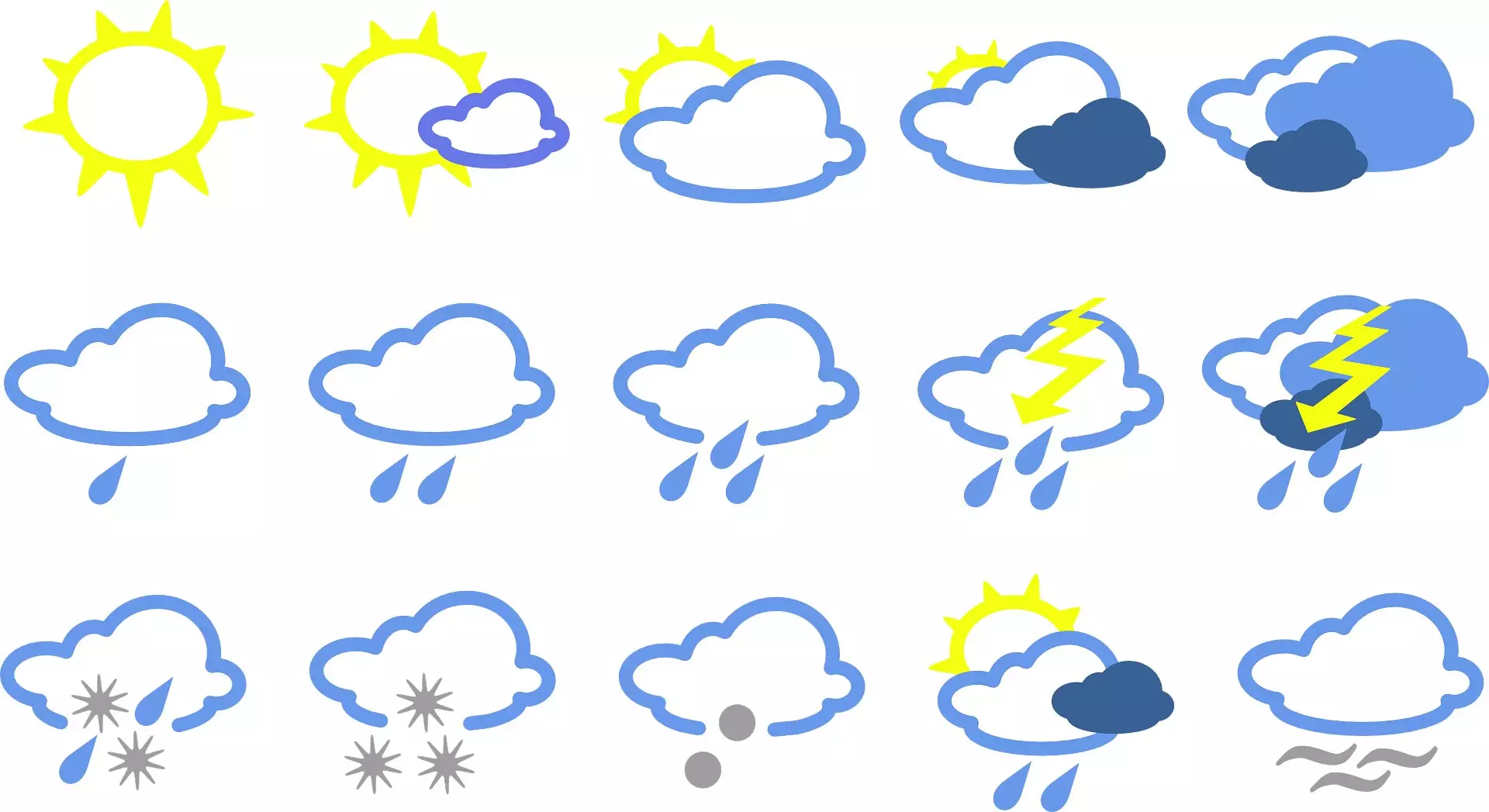Weather forecasting has long been a complex science, often limited by the chaotic and interconnected nature of Earth’s climate system. Yet, recent research highlights a fascinating revelation: the tropical Pacific Ocean, through its El Niño and La Niña phenomena, holds significant sway over Europe’s winter outlooks. These vast oceanic events act like global weather puppeteers, influencing atmospheric patterns that extend thousands of miles away. When these phenomena are strong and pronounced, they simplify the prediction process, granting meteorologists a clearer window into what winter might bring. Conversely, when Pacific temperatures hover near average, forecasting becomes a formidable challenge, fraught with uncertainty. This dynamic underscores how interconnected our climate systems are and emphasizes the importance of understanding distant tropical signals to anticipate weather on a continent far from the equator.
Deciphering the Indicators of Forecast Reliability
The recent study reveals that not all winters are created equal when it comes to predictability. Some seasons are more transparent, offering forecasters a reliable guide based on oceanic and atmospheric cues, while others remain shrouded in ambiguity. Specifically, strong El Niño or La Niña episodes serve as reliable indicators, aligning with shifts in the North Atlantic Oscillation (NAO) and East Atlantic Pattern (EA), which directly influence European winter conditions. These atmospheric patterns act as climate “switches,” dictating whether winters will be mild and wet or cold and dry. When these oceanic events are active, prediction systems exhibit heightened skill and confidence. That knowledge empowers sectors like energy management, which rely heavily on accurate long-term forecasts to optimize supply and demand. On the flip side, during neutral years—where Pacific temperatures are neutral—forecasters must grapple with greater uncertainty, showing a need for caution and humility in their predictions.
The Hidden Role of Arctic and High-Altitude Dynamics
Beyond oceanic influences, the study points to the critical role played by atmospheric conditions over the Arctic and upper atmospheric wind patterns. These high-altitude wind systems, such as the polar jet streams, can become volatile in certain years, generating unforeseen disruptions that confound even advanced forecast models. Sudden shifts in these patterns can dramatically alter the trajectory and intensity of winter weather, making predictions less reliable. It highlights a crucial area where current models need refinement—an understanding that the story of European winter isn’t solely dependent on tropical Pacific events but also on the complex ballet of high-latitude atmospheric forces. Recognizing signs of Arctic anomalies or aberrant wind patterns could serve as early warning signals, enabling meteorologists to better anticipate how European winters will unfold, especially during years when tropical signals are weak or ambiguous.
Implications for Climate Adaptation and Future Forecasting
This research is more than an academic curiosity; it has tangible implications amid the backdrop of climate change. As global temperatures rise and weather patterns become increasingly erratic, the ability to foresee winter conditions with greater accuracy becomes vital. Better understanding when forecast models will perform well allows governments, industries, and communities to prepare more effectively. For instance, energy providers can plan for peak demands, public safety officials can allocate resources to handle severe weather, and agricultural sectors can make informed planting decisions. Yet, this study also underscores that our predictive tools still have limits, especially in years of atmospheric unpredictability. Moving forward, integrating real-time Arctic data, improving models to account for high-altitude dynamics, and refining understanding of ocean-atmosphere interactions will be crucial steps toward more reliable long-range forecasts.
The Broader Significance of Ocean-Atmosphere Coupling
Underlying all these findings is a profound insight: Earth’s climate is an intricately woven fabric, with distant phenomena exerting powerful and often predictable influences on regional weather. Tropical Pacific events exemplify this interconnectedness, acting as the “heartbeat” of global climate variability and offering a master key to unlock seasonal forecasting. As scientists continue to unravel these complex relationships, the potential for more precise, actionable forecasts grows. This isn’t just about predicting a cold or mild winter—it’s about improving resilience in the face of climate variability, turning scientific understanding into practical resilience, and ultimately navigating an uncertain future with greater confidence. Embracing these signals and refining our predictive capacities will help society adapt more effectively to the shifting contours of our climate landscape, transforming uncertainty into opportunity.

